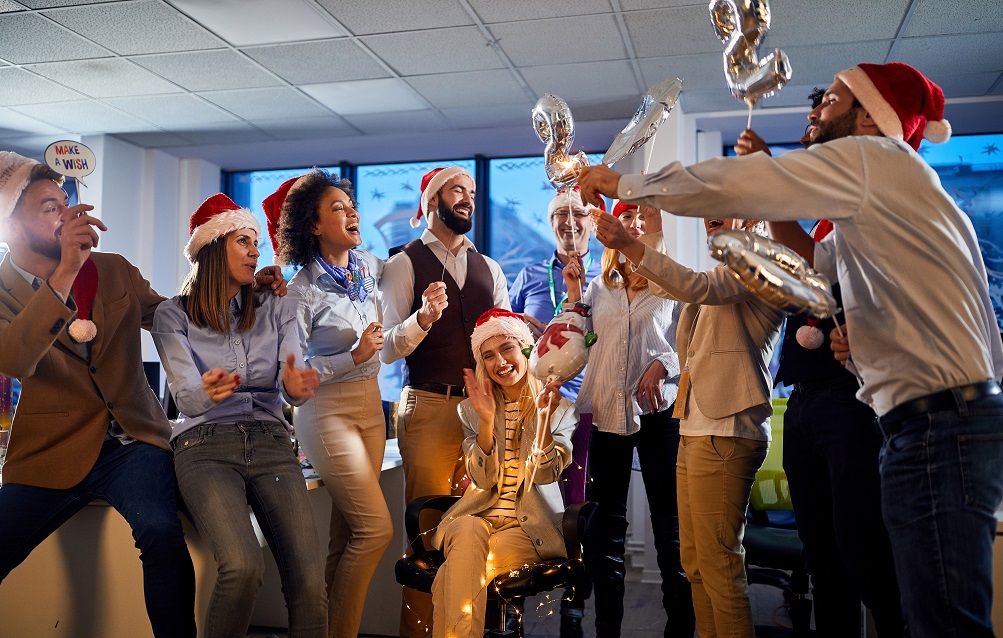As an employer, your focus this time of year is to end Quarter 4 strong. Your employees, however, may have more things on their mind than just work. The holidays are a joyous time filled with parties to plan and presents to buy, but it is also stressful. Employers are left with a decrease in employee engagement, as well as fewer work days in December to complete a full month’s workload. So how do you promote productivity and employee engagement without looking like a scrooge?
Four Ways to Keep Your Workforce Engaged During the Holidays:
Set Next Year’s Goals Today
Looking forward to the future will rejuvenate your employees’ passions and reignite their motivation during the holidays. Make this the time to start discussing goals for 2016, and encourage them to break their goals down even more into a vision of what they want to accomplish in 2016’s Quarter 1. Having goals in mind will help your team realize their sense of purpose instead of feeling trapped at the office.
Suggest A New Employee Benefit
Unexpected absenteeism and tardiness happens more frequently during the holiday season. Find a way to work around this by offering a new employee benefit. For example, offer all employees one two-hour lunch break during the holiday season or flexible time off. A holiday bonus is also a way to spark employee engagement, but there are cheaper options you can utilize as well, such as catering in lunch for a day.
Show Appreciation Toward Your Employees
During this time of year, it’s easy to resent the work you have to do when there are seemingly more pressing things at home. Stop and take a moment to remind your employees why their function at your organization is important, and how they make a difference within the company and in their customer’s lives. Don’t forget to pause and say “thank you” for your employee’s hard work. They may need a bit of encouragement at work to offset the stress that this season brings.
Encourage Some Holiday Spirit
Understand your company’s culture and find an appropriate way to add festivity to your workplace. For example, you could decorate your office with seasonal items, play holiday music, or bringing in celebratory treats. Embrace the holiday season, and be cognizant of all the different holidays your employees celebrate. Bringing a bit of holiday fun in the office will refresh your employees so they don’t feel burned out.
The holidays are a good time to also reinforce your company’s values and vision. When everyone in the office knows what they are working toward, it will bring extra energy and excitement to the workplace each day.

